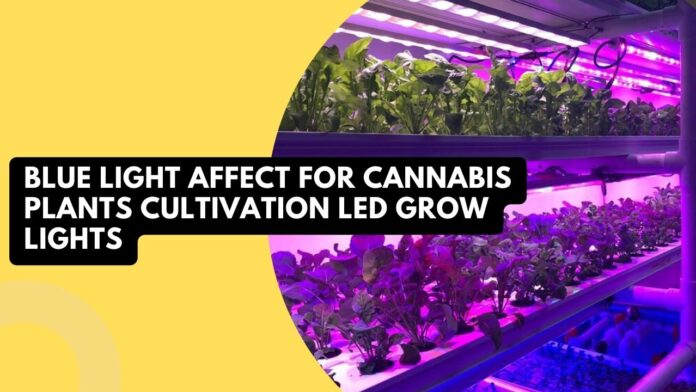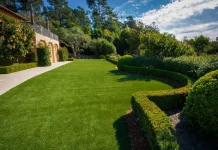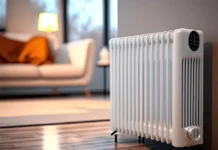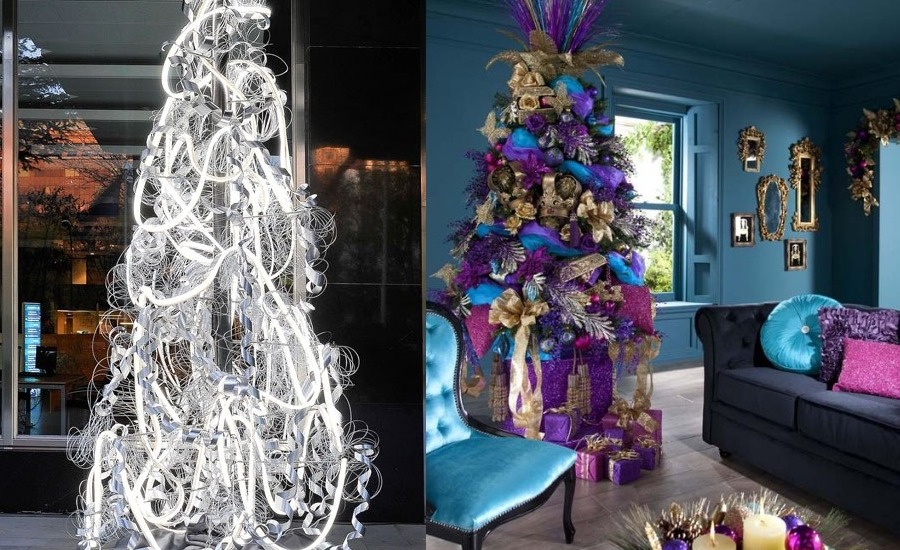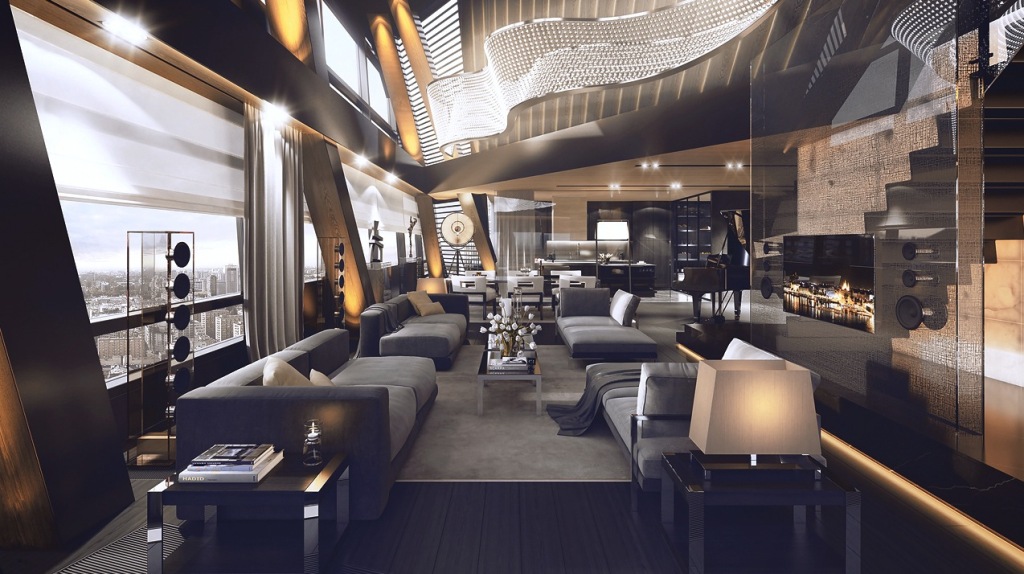The invention of LED grow lights has transformed indoor plant cultivation. They use less energy than traditional grow lights and produce little to no heat, making them ideal for use in small spaces. Furthermore, many LED grow lights now have a blue light spectrum that promotes vigorous plant growth.
If you want to grow cannabis at home, you might be wondering if LED grow lights are the way to go. Yes, it is a resounding yes! You will not only save money on your energy bill, but your plants will thrive under the optimal light spectrum emitted by these lamps. We’ll go over the science behind blue light and how it can help your cannabis plants in more detail below.
How Does LED Blue Light Affect Cannabis Growth?
Blue light is a type of visible light that falls within the blue-to-violet range of the electromagnetic spectrum. For those who don’t know, the electromagnetic spectrum is the range of all possible frequencies of electromagnetic radiation. Blue light has a relatively short wavelength and high energy compared to other colors on the spectrum.
Blue light promotes plant growth by increasing photosynthesis, cell division and elongation, and chlorophyll production. For cannabis, photosynthesis occurs primarily in the leaves, where chloroplasts absorb light and convert it into chemical energy that the plant can use to grow and reproduce. As a result, the majority of LED grow lights on the market today include a blue light spectrum.
In addition, increased cell division and elongation contribute to a larger, healthier plant. Because chlorophyll is required for photosynthesis, the more chlorophyll a plant has, the better it converts light into energy.
Simply put, blue light promotes photosynthesis, increases cell division, and boosts chlorophyll production in cannabis plants, allowing them to grow faster and healthier. As a result, the yield increases.
Why Use Blue Light Over Others For Cannabis?
Blue light is the most efficient wavelength of visible light for promoting plant growth. However, it is also the most expensive to produce. Red and blue light are the two main wavelengths used in horticulture grow lights. While red light promotes flowering and fruiting, blue light is primarily responsible for leaf and stem growth.
While other plants may thrive off of a red light spectrum, cannabis plants have a higher concentration of blue light receptors (phytochromes) in their leaves. This means that they are more responsive to blue light than other colors on the visible spectrum.
Cannabis & Bluelight: The Research
A 2018 study discovered that cannabis plants grown under LED grow lights with a blue light spectrum yielded significantly more than those grown under white light or red and blue light. The plants in the study that were exposed to blue light also had higher levels of chlorophyll and carotenoids, which are pigments that give plants their color.
Aside from having a higher yield, plants grown under blue light were taller and had more branches than plants grown under other light spectrums. The study concluded that blue light is the most effective visible light wavelength for stimulating growth in cannabis plants.
While the study did not specifically test the effects of blue light on THC production, the higher yield and concentration of chlorophyll and carotenoids would almost certainly result in a higher THC content.
The Impact of Blue Light on Cannabis Yield
Blue lights are naturally occurring high-frequency wavelengths. The sun naturally emits blue light in the spring and summer, which helps cannabis plants grow. Blue light is less prevalent in the fall and winter because the days are shorter and the sun is lower in the sky. As a result, plants grow more slowly in the winter.
You can mimic the spring and summer months by using blue light to encourage your plants to grow faster and produce more buds. While a faster growth rate does not always result in a higher THC content, it does increase yield.
Blue lights, on average, can increase yield by 20–30%. This number, however, will vary depending on the strain, growing conditions, and grow light quality.
The Future of Blue Light and Cannabis Cultivation
Because of their energy efficiency and low heat output, LED grow lights are becoming increasingly popular for indoor plant cultivation. LED grow lights will likely become the preferred choice for growers as their prices continue to fall. Blue light’s ability to increase cannabis plant yield makes it an appealing option for growers looking to maximize output.
Blue light has the potential to improve businesses’ bottom lines by increasing the yield of cannabis plants. Blue-light-grown cannabis may have a higher THC content for consumers. As research into blue light and cannabis cultivation advances, more growers will likely use this light spectrum to boost yields.
How Much Blue Light Should Cannabis Plants Be Exposed To?
The amount of blue light that cannabis plants should be exposed to will vary depending on their stage of development. To prevent etiolation, seedlings and clones should be exposed to low levels of blue light (stretched out and weak).
Plants should be exposed to higher levels of blue light during the vegetative stage to promote growth. Once flowering has begun, the blue light should be reduced to avoid overstretching the plants.
However, you must exercise caution not to overexpose your cannabis plants. Plants that are overexposed to blue light may become bleached or burned. To avoid these issues, it is critical to carefully monitor the level of blue light exposure.
Yellowing or browning leaves, as well as curled or burned leaf margins, are signs of too much blue light exposure. If you notice any of these symptoms, immediately reduce your exposure to blue light.
LED Blue Lights Pros and Cons
Before you go out and buy LED blue lights, you should understand the advantages and disadvantages of doing so. While the return is worthwhile, there are a few drawbacks to be aware of. We’ve gone over them in detail below.
What Are the Other Benefits of Blue Light?
In addition to increasing the yield of cannabis plants, blue light has several other benefits. Blue light can help long-day plants like cannabis flower and increase the amount of some chemicals in the flowers.
Some studies have also shown that blue light can improve the flavor and aroma of cannabis. However, this effect is strain-dependent, and more research is needed to confirm these results.
What Are the Downsides of Blue Light?
The downside of LED blue lights for plants is that they can be expensive. While the initial investment may be higher, LED lights last longer and use less energy than other types of blue grow lights. This makes them more cost-effective in the long run.
Another downside of blue LED grow lights is that they can be harmful to your eyes. Blue light has a shorter wavelength than other colors and can penetrate the eye more deeply. This can lead to eye strain and even permanent damage to the retina.
For this reason, it is important to take breaks when working under LED blue lights and to wear protective eyewear if possible.
Step-by-Step Guide for LED Blue Lights and Cannabis Growth
Now that we’ve answered some common questions about blue grow lights for plants and cannabis, let’s look at how to use this light spectrum for growing.
- Choose the Right Led Blue Light for Your Needs
There are various types and brands of LED grow lights on the market, so it is important to do research to find the one that best suits your needs. In general, you’ll want to look for a light that produces a high output of blue light. This includes looking for a light with a high wattage and one that produces a full spectrum of light.
- Hang the Light at the Appropriate Height
Plants should be exposed to blue garden lights for 12–16 hours per day during the vegetative stage and 8–12 hours per day during the flowering stage. The light should be hung so that it is about 2 feet (60 cm) above the plants.
The height is crucial because if the light is too close, it can damage the leaves. If the light is too far away, the plants will not get enough light and will not grow well.
- Monitor the Level of Blue Light Exposure
It is important to carefully monitor the amount of blue light your plants are exposed to. Plants exposed to too much blue light may become bleached or burned. Cannabis plants tend to show signs of too much blue light exposure, including yellowing or browning leaves and leaf margins that are curled under or burned.
If you see bad effects from blue light, reduce the amount of blue light exposure immediately. Otherwise, you may end up damaging your plants. Once damaged, the plant will not be able to recover and will need to be replaced.
- Adjust the Light as Needed
If you find that your plants are not getting enough blue light, you can increase the light’s height or the exposure duration. If you find that your plants are getting too much blue light, you can reduce the light’s height or the exposure duration.
Adjusting it and changing the position as needed will ensure that your plants get the perfect amount of blue light for optimal growth. This includes replacing the light every few years, as it will slowly lose its intensity over time.
- Enjoy Your Bountiful Harvest
By following these steps, you can maximize the benefits of blue light for your cannabis plants. With a little practice, you will be able to produce high-quality cannabis that is packed with THC.
What Are The Best Blue Light Sources For Cannabis Plants?
The best blue light sources for cannabis plants are LED grow lights and metal halide (MH) bulbs. MH bulbs emit a broad spectrum of light, including a significant amount of blue light. LED grow lights can be tuned to emit different light spectrums, including full-spectrum, white, blue, and red. Red light is typically used during the flowering stage, while blue light is used during the vegetative stage.
No matter what light source you use, it is important to ensure that your plants get the right amount of light. Too much light can result in the plants stretching too much, while too little light can prevent them from growing properly. Using a light meter is the best way to ensure that your plants are getting the right amount of light. Light meters measure the intensity of light and can be used to determine how much light your plants are receiving.
Tips For Maximizing Cannabis Growth Using Blue Lights
Blue lights help, but many cannabis growers go wrong in other aspects of the growing process. If you want to get the most out of your blue-light grow lights, here are some tips:
Always Start With High-Quality Seeds
The quality of your seeds will greatly impact the quality of your plants. Make sure to start with seeds that come from a reputable source.
Give Your Plants the Right Amount of Light
As mentioned above, ensuring that your plants get the right amount of light is important. Use a light meter to ensure they receive the correct amount of light.
Provide Your Plants With the Right Nutrients
Cannabis plants need a range of different nutrients to grow properly. Ensure they have the necessary nutrients, including nitrogen, phosphorus, and potassium.
Monitor the Temperature and Humidity
The temperature and humidity of your grow room can greatly impact plant growth. Make sure to monitor the temperature and humidity levels and adjust as needed.
Keep an Eye on Your Plants
Be sure to check on your plants regularly to look for signs of stress or problems. By catching problems early, you can fix them before they cause serious damage.
Conclusion
Blue light is an important part of the light spectrum for cannabis plants. Blue light helps promote vegetative growth and can increase yields. When using blue light for cannabis cultivation, it is important to monitor the light your plants are exposed to carefully. Too much blue light can result in the bleaching or burning of the leaves. By following these tips, you can maximize the benefits of blue light for your cannabis plants.

